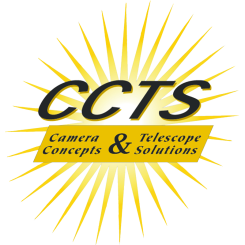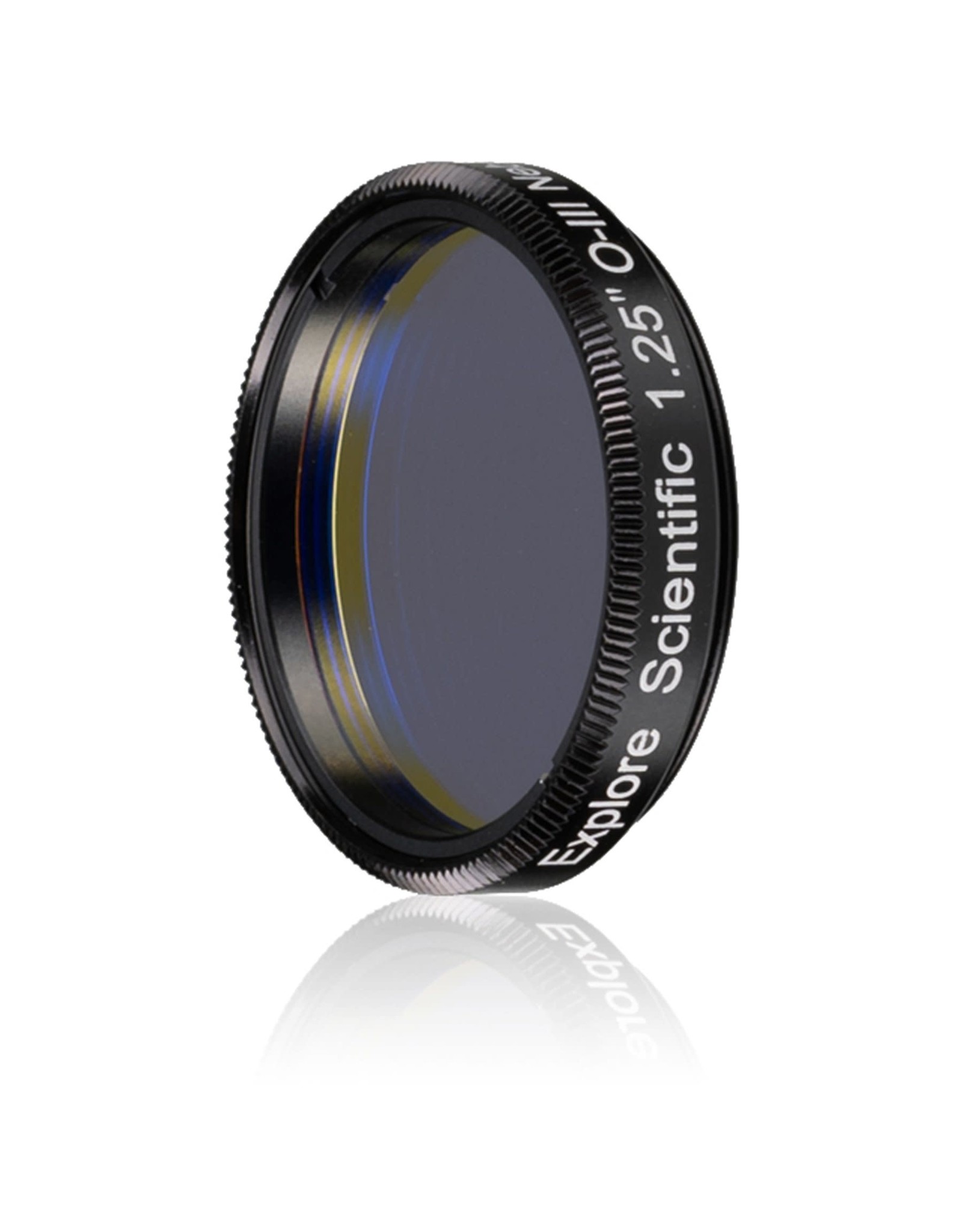Explore Scientific Nebula Filter Oxygen III 1.25-inch 6.5nm
| Article number: | 310105 |
| Availability: | More on the Way to us |
| Delivery time: | More on the Way to Us |
Nebula Filter Oxygen III 1.25-inch 6.5nm
- High quality Explore Scientific O-III filter
- Let only the oxygen emission lines "through"
- Absorbs all other emission lines
- Absorbs almost all of the artificial light
- Passband bandwidth: 6.5 nm
- Narrow-band design for difficult city conditions
- More contrast and details for all urban observers and astrophotographers
- An individual test report of this premium filter is included in the scope of delivery
In addition to the turbulence in the air, the brightening of the night sky is the greatest obstacle to observing faint objects beyond the solar system. Street lights and other artificial lighting mean that the sky in human settlements is no longer properly black. As a result, the contrast and thus the perception of the deep-sky objects also suffer. Depending on the type of celestial object, however, part of the interfering light can be filtered out, making it easier to observe the objects.
The Explore Scientific O-III filter uses the property of the so-called emission mist. These objects glow in certain colors, the so-called emission lines. The emission lines are linked to certain chemical elements - in this case, oxygen. The Explore Scientific O-III nebula filter blocks all other colors (and thus almost all artificial light) and only allows the two emission lines of oxygen by. The effect is amazing: Suddenly, fog becomes visible in places that appear completely empty without a filter. In a slightly brightened sky, for example, the Cirrus Nebula NGC 6992 is practically invisible with a 200 mm telescope. When using this filter, you can see the fog and its structures without any problems. A must for every amateur visual astronomer and also for astrophotography.
The Explore Scientific mist filters are supplied with an individual test report - so you can be sure that you are receiving high-quality filters.
The narrow pass range of this filter of only 6.5 nm bandwidth works out the weakly glowing emission nebulae even under difficult city conditions or makes them visible in the first place.






